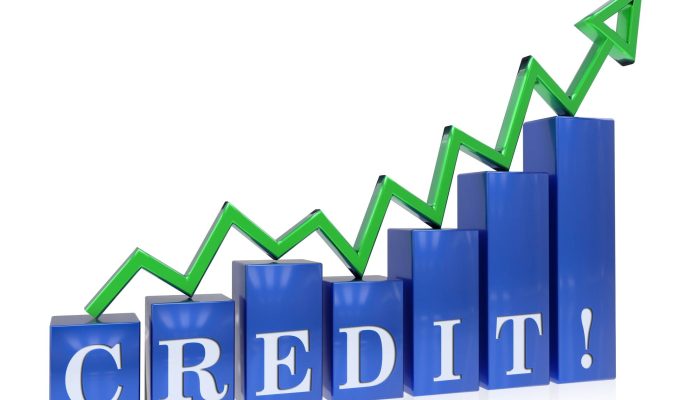Weak Credit Growth Leaves The Economy Vulnerable

Posted April 18, 2018
When credit growth is weak, the United States falls into recession. Between 1952 and 2008, there were only nine years when total credit (adjusted for inflation) grew by less than 2%. Each time, there was a recession. In 2017, total credit grew by just 1.9%. This was the first time credit growth has fallen below the 2% recession threshold since 2013.
Total credit in the United States reached $68.5 trillion at the end of 2017. Given such an enormous base, it is difficult for credit to expand by 2% after adjusting for inflation. For instance, if the inflation rate is 2%, then total credit must grow by 4%, or by $2.7 trillion, just to reach the 2% recession threshold. If inflation increases to 3%, then total credit must grow by 5%, or by $3.4 trillion, to get there. Credit growth on that scale is not easy to achieve, especially given stagnant wages, the already high level of private sector debt and, now, increasing interest rates.
The latest Macro Watch video forecasts US credit growth out for the next three years by considering the outlook for borrowing by each of the major sectors of the US economy. With inflation trending higher, it looks as though credit will expand by only 1.7% a year during 2018, 2019 and 2020. If those forecasts prove to be correct, the chances are high that the United States will soon fall back into recession.
For the moment, the economy is being supported by asset price inflation. Last year, the roaring stock market and rising home prices pushed Household Net Worth up by $7.2 trillion to $99 trillion, an all-time high. That 8% jump in Net Worth created a strong wealth effect that funded consumption and drove economic growth.
Now, however, with the Fed hiking the Federal Funds Rate and destroying Money through Quantitative Tightening, the stock market rally has begun to sputter. If asset prices fall – or even stop rising – the economy would quickly lose momentum. With credit growth already weak, the longer the Fed continues to tighten monetary policy, the more likely a recession becomes.
Macro Watch subscribers can log in and watch this video now for all the details. It is 16 minutes long and contains 43 downloadable charts.
If you have not yet subscribed to Macro Watch and would like to, click on the following link:
SUBSCRIBE TO MACRO WATCH
For a 50% subscription discount hit the “Sign Up Now” tab and, when prompted, use the coupon code: slow
You will find 42 hours of Macro Watch videos available to watch immediately. A new video will be added approximately every two weeks.
Please share this blog with your colleagues and friends.


No comments have been made yet.